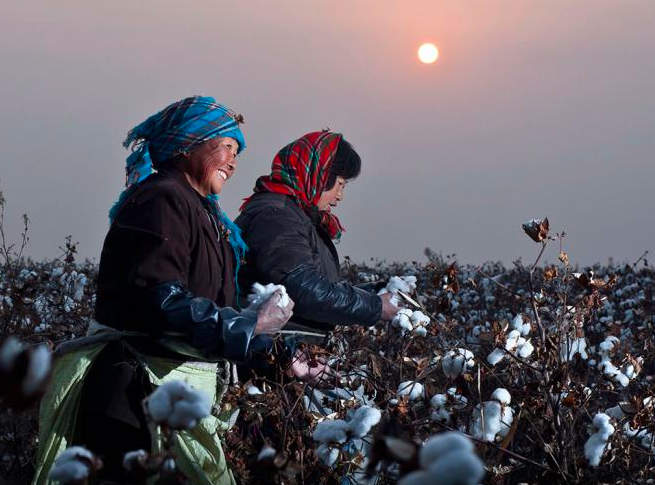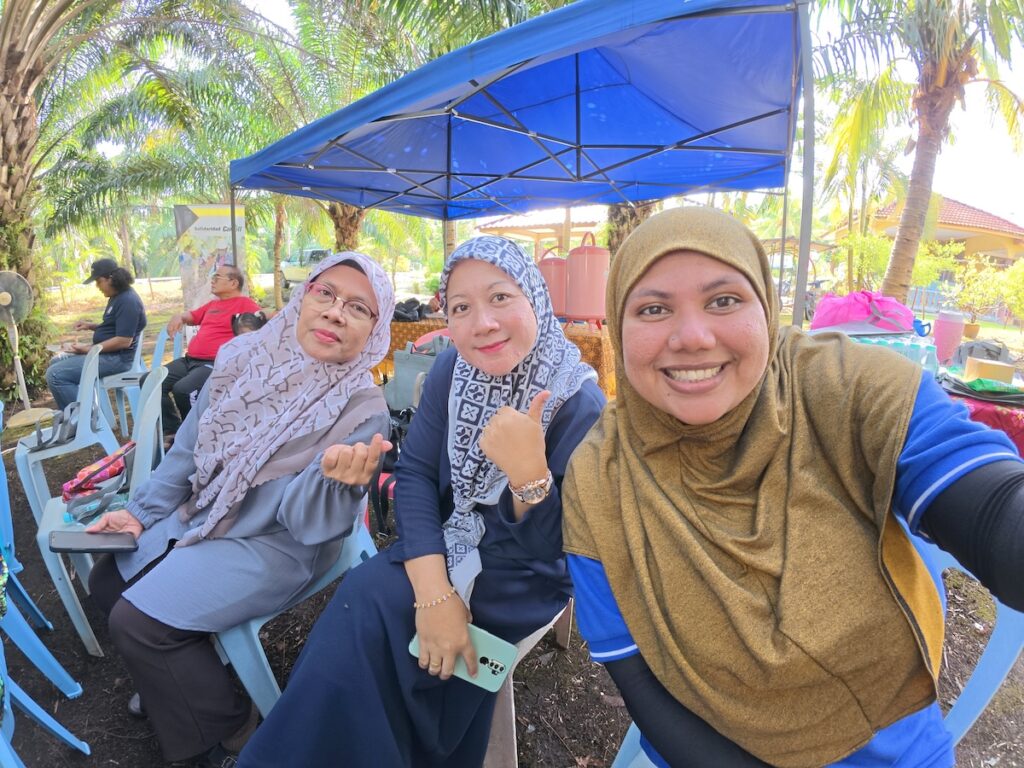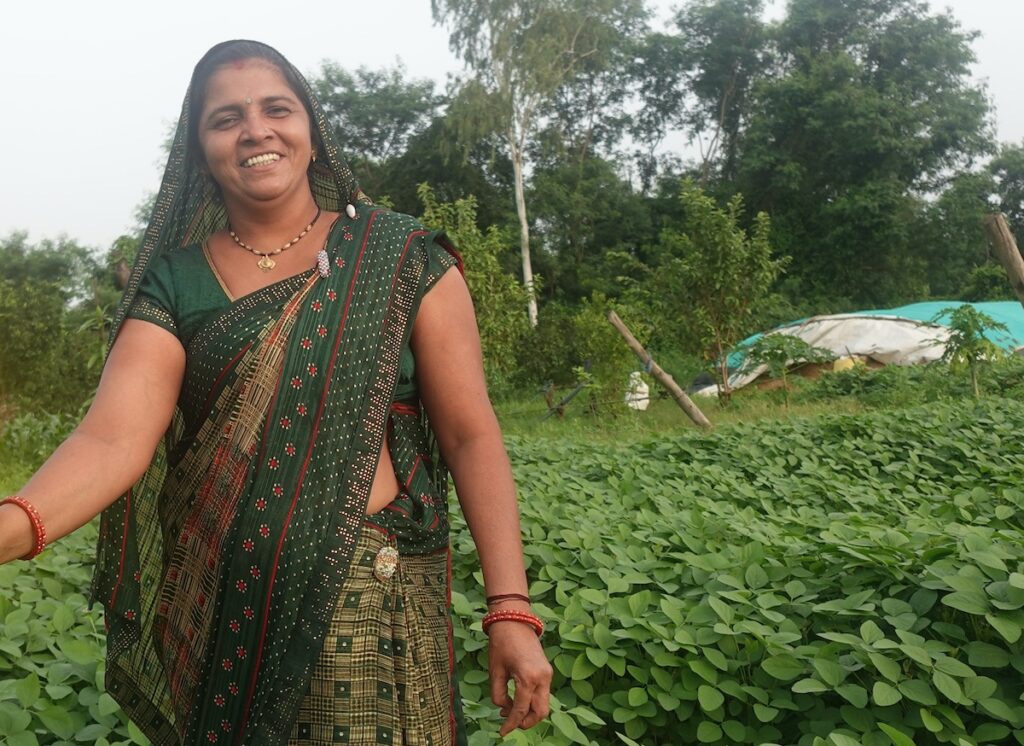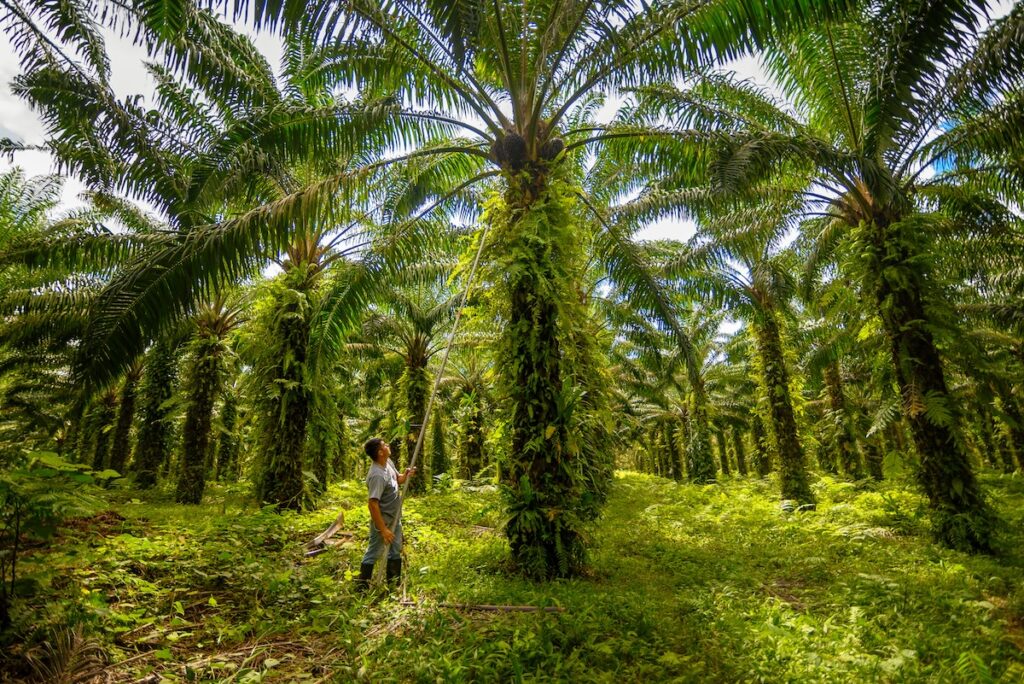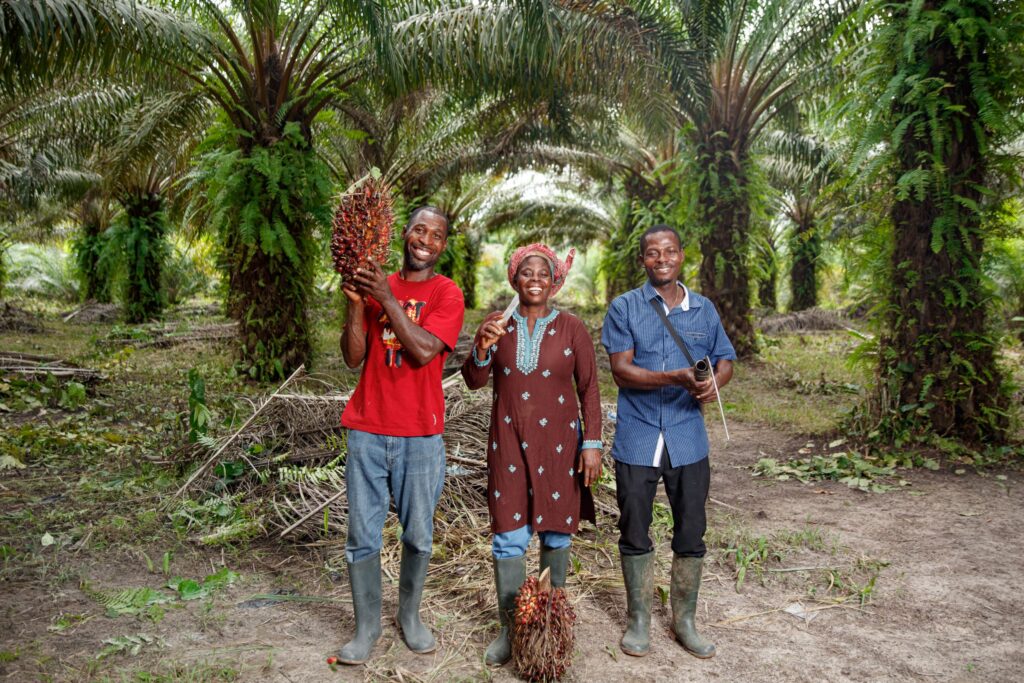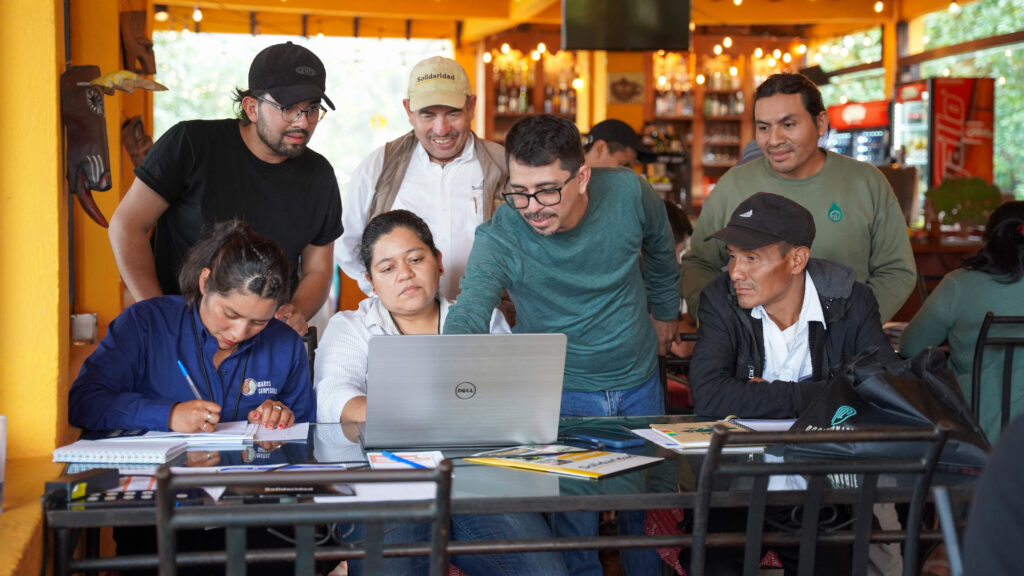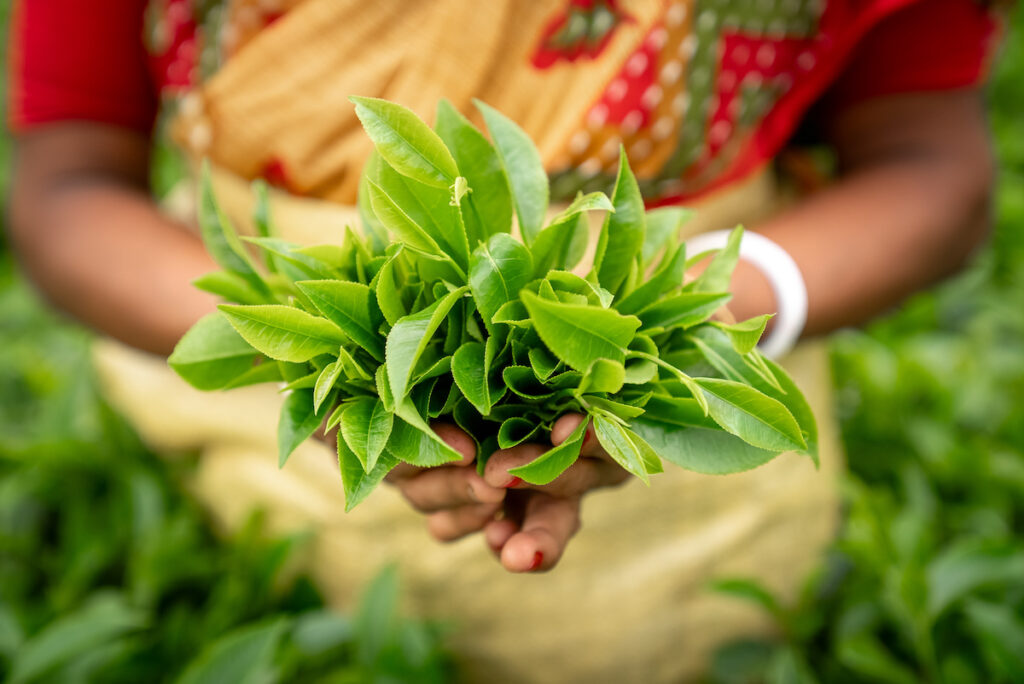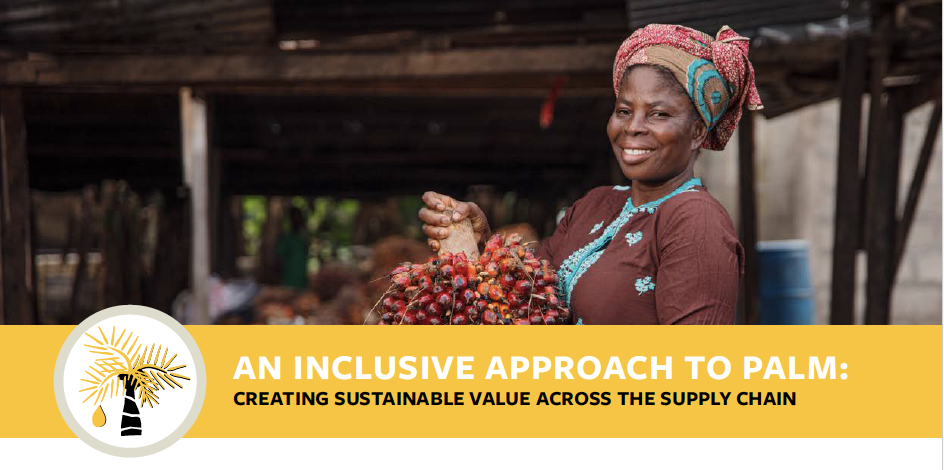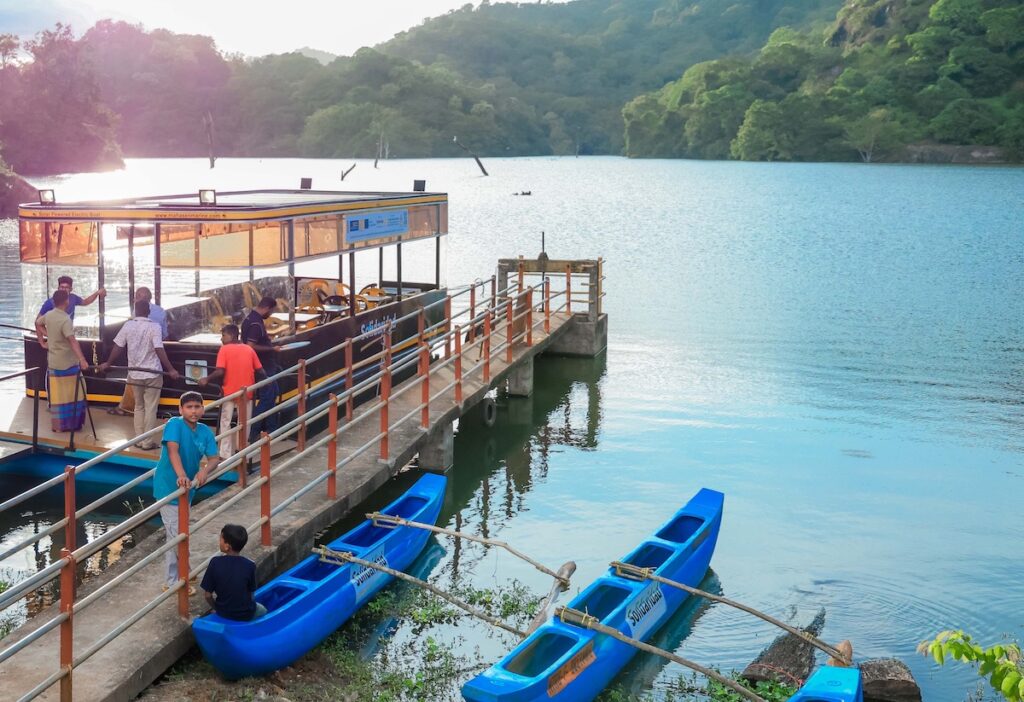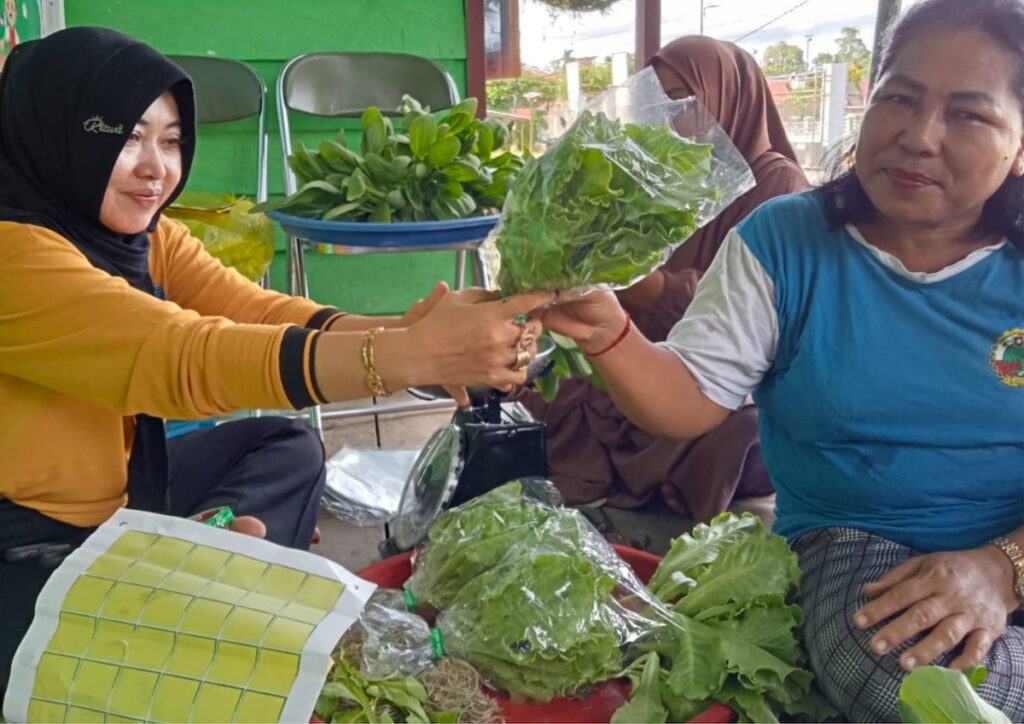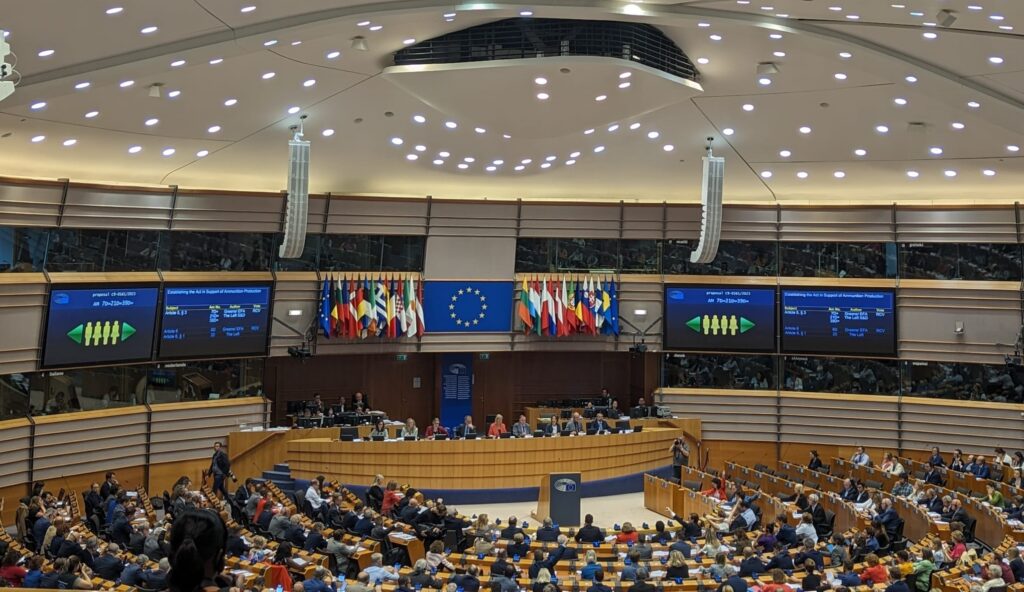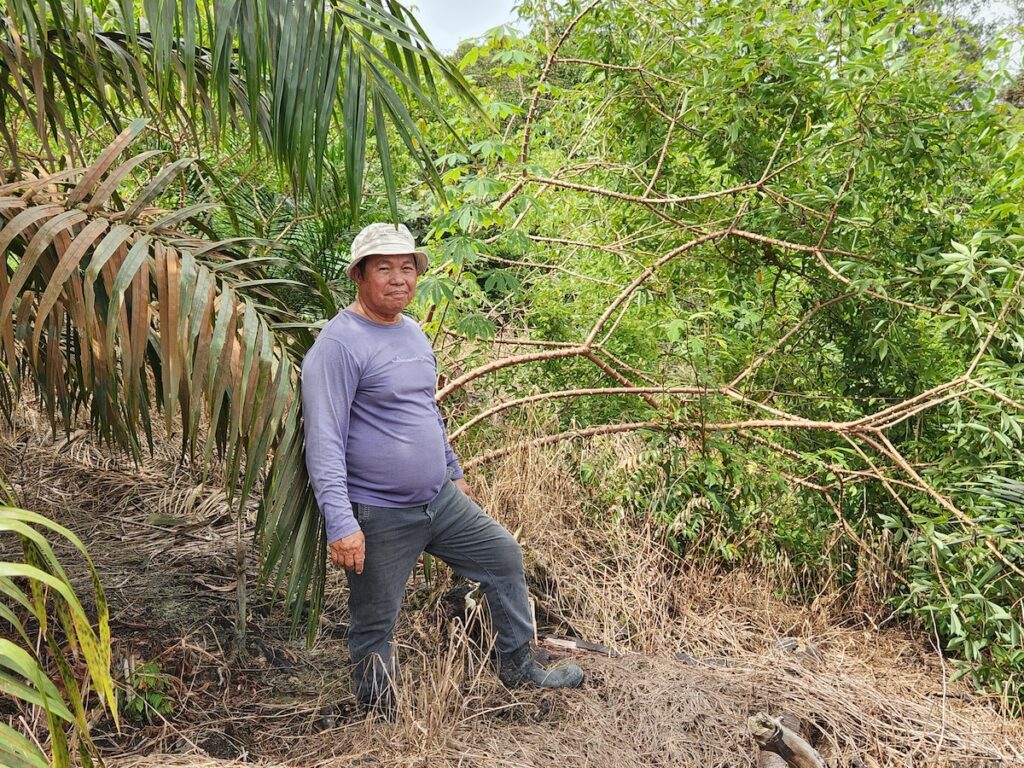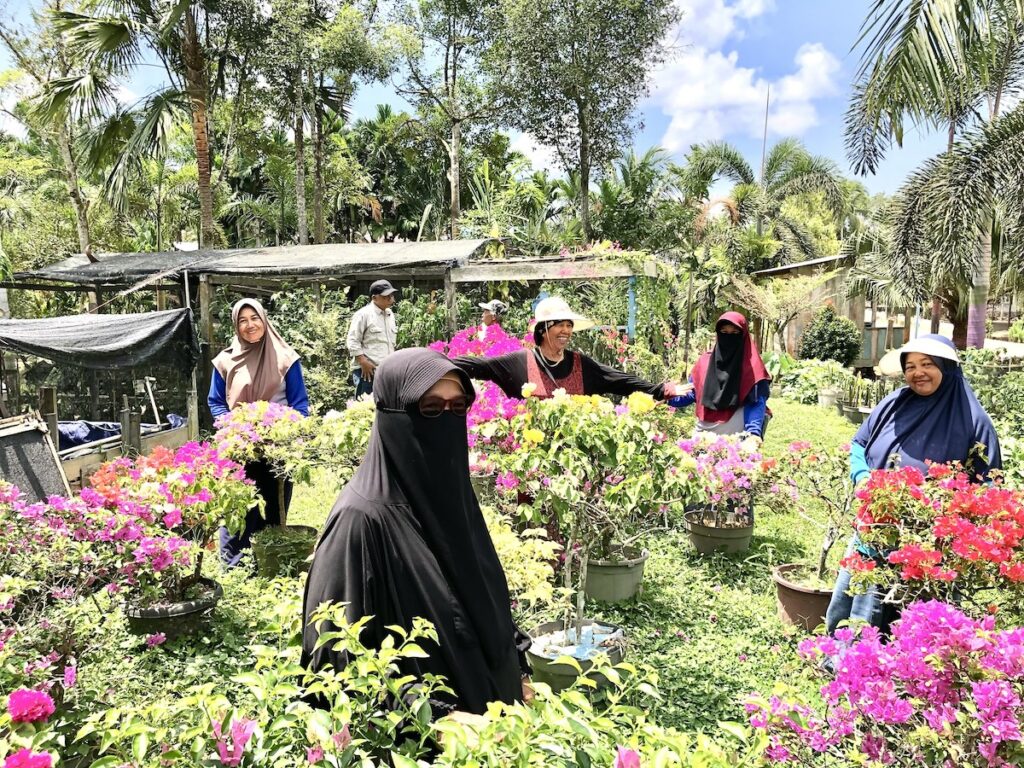Conventional farming has shown its limits, contributing to persistent soil destruction that include decarbonization, erosion, desertification and chemical pollution. All of this for the sake of increasing yield, ensuring food security and apparently securing the farmer a higher income from his land. The narrative was played out alongside the Green Revolution that emerged to stave off widespread starvation in 1960’s India. Since then, through the succeeding decades, the trend of yield-focused agriculture has continued to grow, only to be adopted across all crops, involving inordinate chemical use and genetically modified varieties.
Eventually (and ultimately), the crop intensification method neither spared the land for nature nor contributed to the so-called income raise of the farmers. Instead, it expanded massively towards production of cheaper food and products—a business model of production through economies of scale and greater control of supply chain logistics—rendering the small farmers poorer and weaker. In a nutshell, crop intensification, under the garb of yield and income improvement, only added to the prolonged misery of the farmers, denying them remunerative income and turning their most valuable resource into barren lands.
Emerging trend of market transformation
Besides environmental depletion and socio-economic degradation of the small-scale producers, intensive industrial agriculture has also triggered concerns around food safety and nutrition value. Inappropriate use of chemical fertilisers and pesticides can lead to chronic diseases and health conditions in humans.
The rising concerns around conventional farming and its multi-dimensional impact are causing a shift in the market as large food and ingredient players are transitioning towards more sustainable practices that result in reduction of agriculture’s environmental footprint and restoration of life in soil. The trend is: adopting regenerative agriculture.
Regenerative agriculture
Fertile soil is a prerequisite for sustainable agriculture and human wellbeing. Discourses on sustainability and maintaining environmental status quo is incomplete without the mention of restoration and replenishment of soil and its natural resources. At the intersection of sustainability and rehabilitation of resources, regenerative agriculture promises decreased GHG emission, climate change reversal, drought resistance to soil, thriving biodiversity, restored grasslands, revitalised local economy, improved nutrition and better food security. Regenerative agriculture essentially benefits soil, restoring its organic carbon through sequestration and reversing industrial agriculture’s contributions to climate change, erosion, pest invasions, desertification, salinisation, decarbonisation, chemical contamination among others. The resultant is a highly productive soil that supports a more resilient food system.
Sustainability and regeneration in cotton
Since 2017, the cotton team at Solidaridad Asia has been working with over 100,000 farmers on organic and sustainable farming practices in the rainfed geographies of India. As the cotton programme largely operated on a linear commodity framework, it was soon realized that there was more to the sustainable farming practices and farmers’ ecosystem than just ensuring risk-free production of cotton. A much-needed shift seemed imminent to redefine sustainability, making it not just about maintaining the status quo through good farming practices and preventing further degradation, but also, about resuscitating life back into the resources. It was time to take a holistic approach to address soil and environmental degradation and reverse the process.
Solidaridad initiated the programme on regenerative practices with 8,000 cotton farmers in Maharashtra during the 2020-2021 crop cycle, adopting the regenagri certification as a framework for implementation and assessment.
Regenerative agriculture is key to reverse climate change. It aids in rebuilding soil organic matter and restoring degraded soil biodiversity, resulting in both carbon drawdown and improving the water cycle.
Prashant Pastore, General Manager – Water, Solidaridad Asia
Solidaridad’s multi annual strategic plan 2021-2025 for Asia clearly emphasises on fixing the issues of intensive farming that focused solely on increasing yield.
“Soil is key to a sustainable food system. It is critical that the soil growing cotton is sustainable and contributes to the local food system beyond the commodity. The contamination caused by overuse of chemicals in conventional cotton production has caused significant damage to the soil and water systems. These contaminants are entering the food systems and posing challenges to human health,” he adds.
A promising future
A year of incorporation of regenerative agriculture in the cotton fields of three districts, Nagpur, Amravati and Yavatmal, in the Vidarbha region of Maharashtra, the enrolled farmers are already observing changes. In its first year, five projects under the regenagri programme have been successfully certified and a 30 per cent reduction in production cost has been realised by the farmers.
Reduced use of chemical and inorganic fertilisers and pesticides have contributed to the intermediate success. The farmers have so far recorded on-farm production of 5,500 metric tonnes of organic compost and planting of over 10,000 trees to improve soil health and biodiversity. The regenerative practices have created about 1,050 tonnes of potential CO2 sequestration. The reduction in use of chemical fertilisers and pesticides also has also helped in maintaining the ecological balance in the fields, allowing natural predators to facilitate pest control.
Currently, the programme is focussed on developing significant impact on soil carbon sequestration and water-body restoration as a part of the regenagri framework, with about 5,000 cotton farmers involved in estimating reduction in GHG level and carbon sequestration in their farms—a pathway towards payment for ecosystem services.
The revival strategy
Solidaridad’s regenerative agriculture programme is an initiation into reviving the traditional farming approaches with a new scientific rigor. The aim is to bring a systemic change, shifting the focus from single commodity to farm level transformation, thus bringing a large number of smallholder conventional growers in the sustainable space. Farms using regenerative practices can benefit from higher and more stable yields, lower input costs and the development of natural capital and ecosystem services while building agricultural resilience.
The adoption of the regenerative framework provides an alternative framework to both farmers and buyers to produce and source sustainably. The current decade is poised to experience a shift in market preference with the rise of more informed and conscious consumerism. Brands are already embracing regenerative labels that not only contribute to the next big change in sustainable procurement, but also work as a distinct market differentiator. Various brands are approaching Solidaridad’s regenerative agriculture programme, particularly those into large consumer market and looking to contribute positively to the social and environmental benefits.
Solidaridad is increasing the regenagri footprints in India and across Asia in various agricultural supply chains, including cotton, sugarcane, soy, palm and fruits and vegetables, with the aim of covering 100,000 ha in the next three years. With cotton, the programme is set to expand to Telangana, Gujarat and Orissa, covering 25,000 farmers. Solidaridad’s cotton programme in Maharashtra is paving the way for future endeavors in regenerative farming, upholding the promise of sustainable food and fibre while regenerating the planet.

